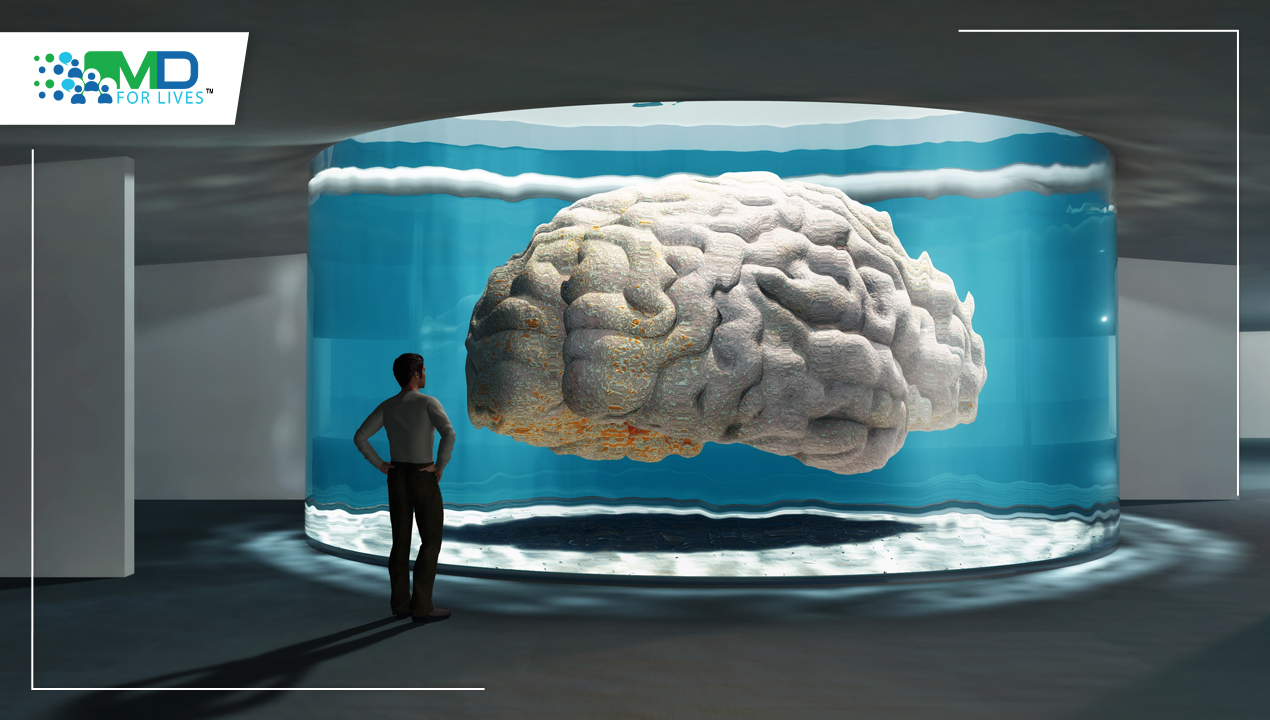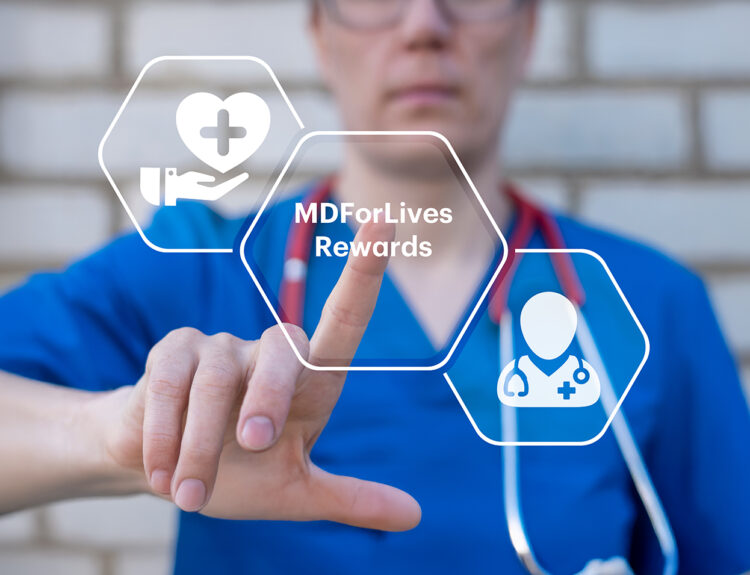The brain is the body’s most sophisticated and complicated organ. Most of our present knowledge of the brain is based on animal models, post-mortem inspection, and conventional cell culture. However, conventional approaches make it challenging to get a deeper knowledge of the brain due to the complexity of the human brain and innate species variations. Researchers now have a new platform to research brain development and problems thanks to brain organoids that replicate several important aspects of the growing brain. Scientists have created a new path for research of neurological development, illness, and cures that cannot be undertaken in real humans by harnessing stem cells to produce small brain-like structures in the lab. However, not all mini-brain organoids are made equal, and getting them to perfectly match the human brain tissues they are mimicking has proven difficult.
Medical science has been fascinated by the task of unravelling the enigma of human brain development and neurological illnesses for hundreds of years. Many in vivo and in vitro models, including cellular and animal models, have been developed for medical research and have significantly improved the understanding of the physiological and pathological processes in the human brain. The scientific communities have been working extremely hard on this issue. However, several preclinical discoveries derived from those models did not successfully transition into clinical practice, in part because human brains and those models have different minor structural and cellular compositions. The human brain is a perfect topic for researching neuropathology, but its use is restricted by its relative inaccessibility for research and its challenges in culture and manipulation. Therefore, there is an urgent need for a new model that can more accurately recapitulate the features of the real brain.
There is currently no conventional approach for creating mini-brain organoids, according to Bennett Novitch, a member of UCLA’s Eli and Edythe Broad Center of Regenerative Medicine and Stem Cell Research and the senior author of a recent publication on the subject. Every neuroscientist wants to create a brain organoid model of their favorite condition, yet no two organoids are similar. Because there is no standard process for their manufacturing and no quality-control criteria, organoids can differ from lab to lab – and even from batch to batch – which implies that a discovery found in one organoid may not be true in another.
We may yet get different findings if one lab and another down the hall conducted drug tests using mini-brain organoid models of the same illness. We won’t know whether findings are right since the discrepancies we’re observing might be due to how our models differ rather than the disease itself. In their new article, published in Stem Cell Reports, Novitch, Watanabe, and their colleagues offer recommendations based on their findings that can help researchers overcome the disparities in uniformity and structure, which are the two main obstacles preventing these organoids from reaching their full potential.
Having organoids that accurately and consistently recreate the structure and cellular makeup of specific sections of the brain is especially important for studying disorders such as schizophrenia and autism spectrum disorder, in which affected people’s brains often appear structurally identical to neurotypical brains but exhibit marked functional differences. If our organoids have an imbalanced cell population or a very uneven structure, we would never be able to detect minor changes in brain form and function, which are critical for people with neurological diseases.
Creating the best organoids is complex.
To create mini-brain organoids, which can range in size from 1 to 5 millimeters in diameter, scientists first reprogram human skin or blood cells to become induced pluripotent stem cells, which could develop into any cell type in the body. They then instruct these iPS cells to generate neural stem cells, which can produce almost all cell types present in the brain. While brain stem cells are growing, they can be induced to aggregate into 3D organoids. Simple enough. But why do certain organoids resemble the human brain more than others?
The team worked with UCLA Broad Stem Cell Research Center pluripotency specialists Kathrin Plath and Amander Clark to find the solution to this query. They found that an organoid’s quality is influenced by the developmental maturity of the stem cells from which it is developed, much as the freshness of the ingredients affects the flavour of a dish. It makes sense that early-stage stem cells are best at making brain organoids because the nervous system is one of the first structures to mature in the human embryo, according to Watanabe, who is also a member of the UCI Sue & Bill Gross Stem Cell Research Center. Growing human stem cells in a dish with fibroblast feeders—mouse skin cells that provide crucial chemical signals and structural support for stem cells to expand and maintain their immaturity over time—was then discovered to be the most effective way to keep these cells in an early developmental state suitable for organoid formation. They also found, unfortunately, that utilizing mouse cells would render organoids less suited for the creation of cellular treatments to replace sick or injured brain structures. Additionally, these feeder-supported techniques require more work than the standard stem cell development techniques that many labs employ. The team’s next step was to use computational analysis and RNA sequencing to identify the specific genetic variations between stem cells that successfully form organoids and those that fail to do so. They were able to use this to pinpoint four molecules, all of which are members of the transforming growth factor beta superfamily, that oversaw maintaining stem cells in a less-developed condition. When these four chemicals were added to stem cells developing in a dish, they were preserved in an immature condition and produced high-quality, well-structured organoids. They succeeded in getting their cake and eating it too. Novitch said that by removing mouse cells from the equation while keeping some of their advantages for organoid development, they had advanced their efforts to understand and cure severe neurological disorders.

MDForLives is a vibrant community of healthcare professionals and patients dedicated to shaping the future of healthcare. We provide valuable global insights to healthcare companies through online surveys, interviews, and discussion forums.






